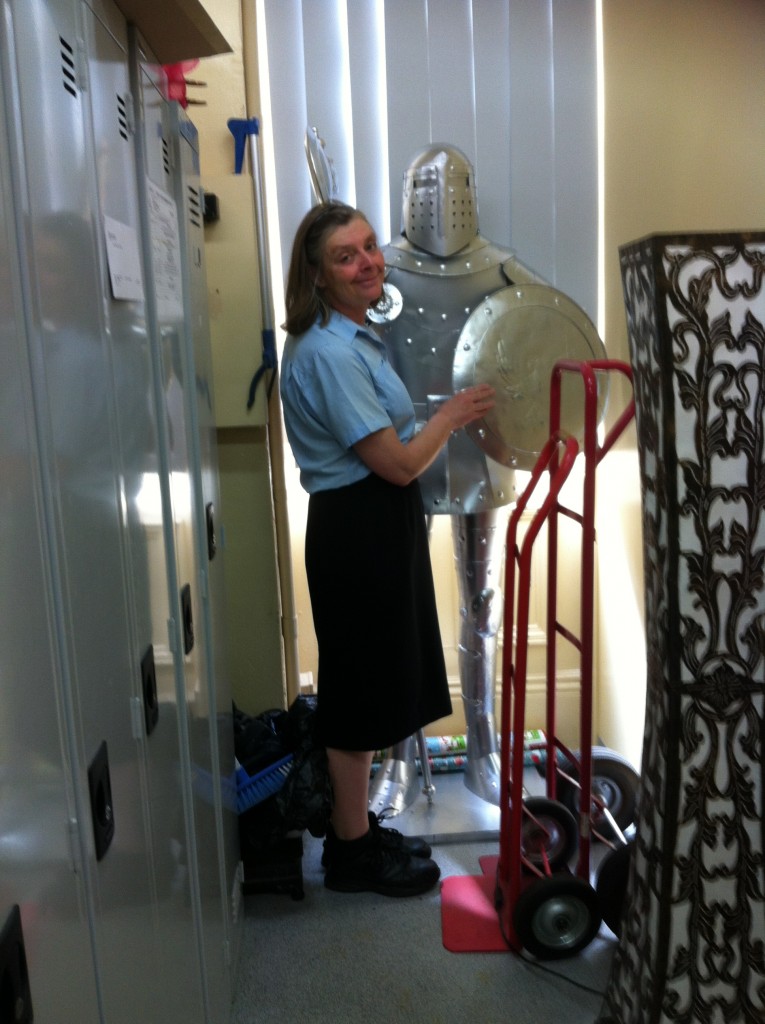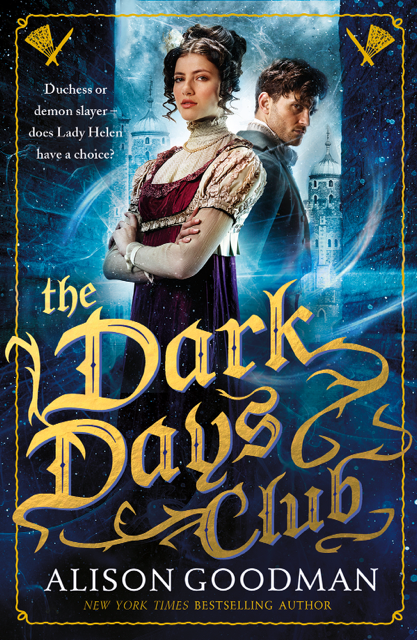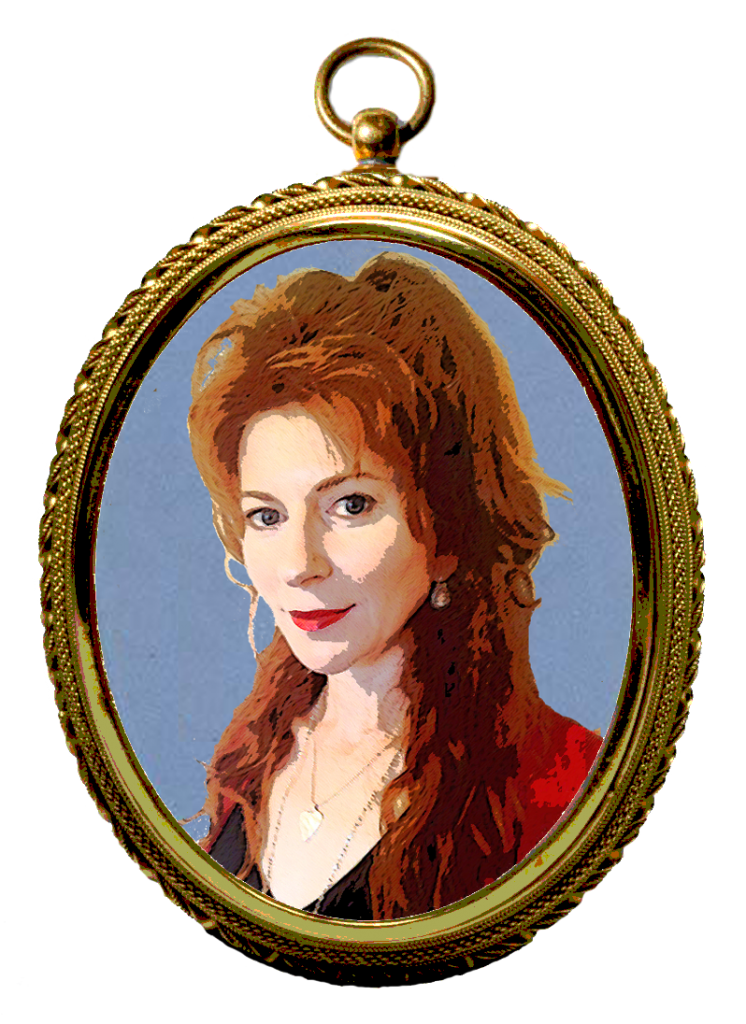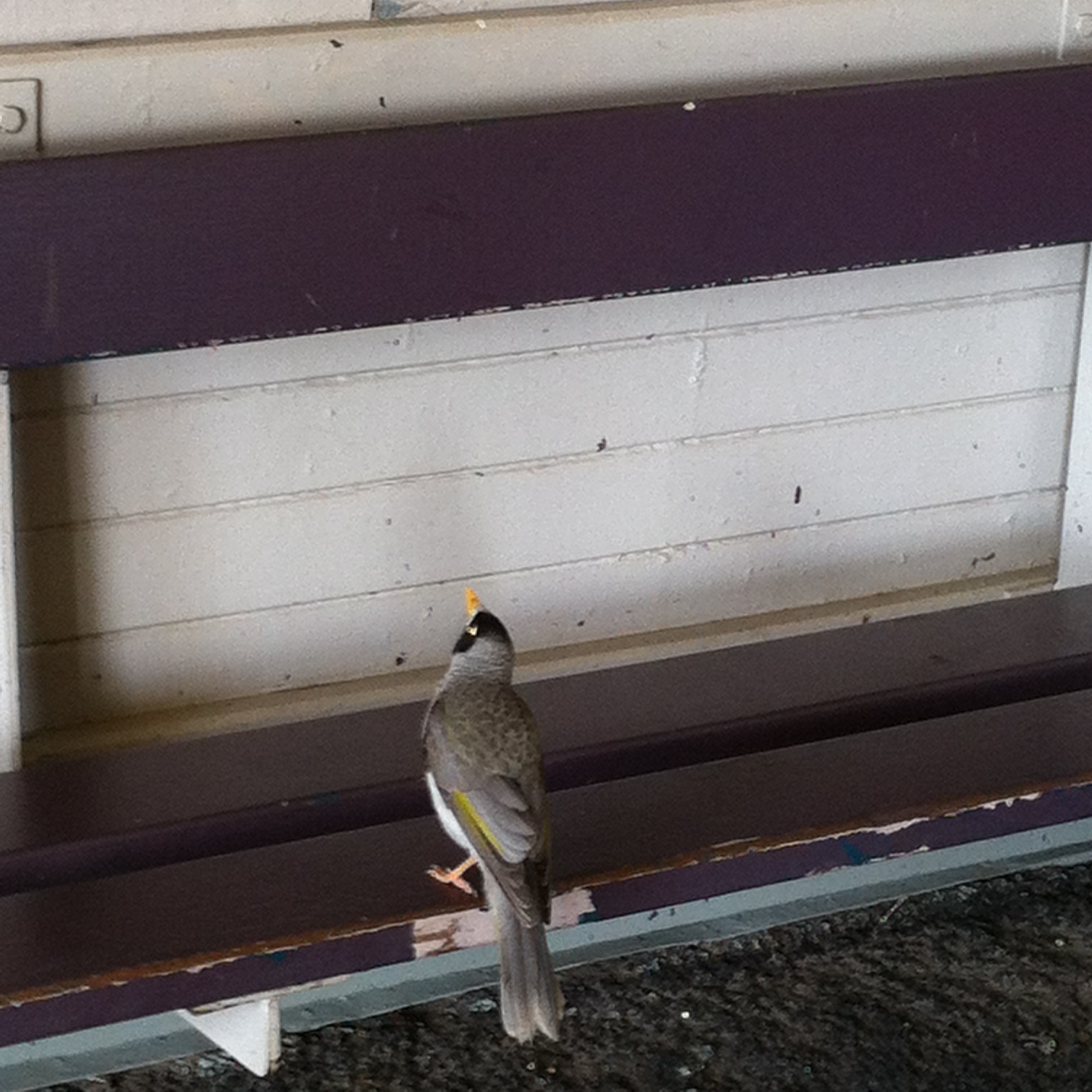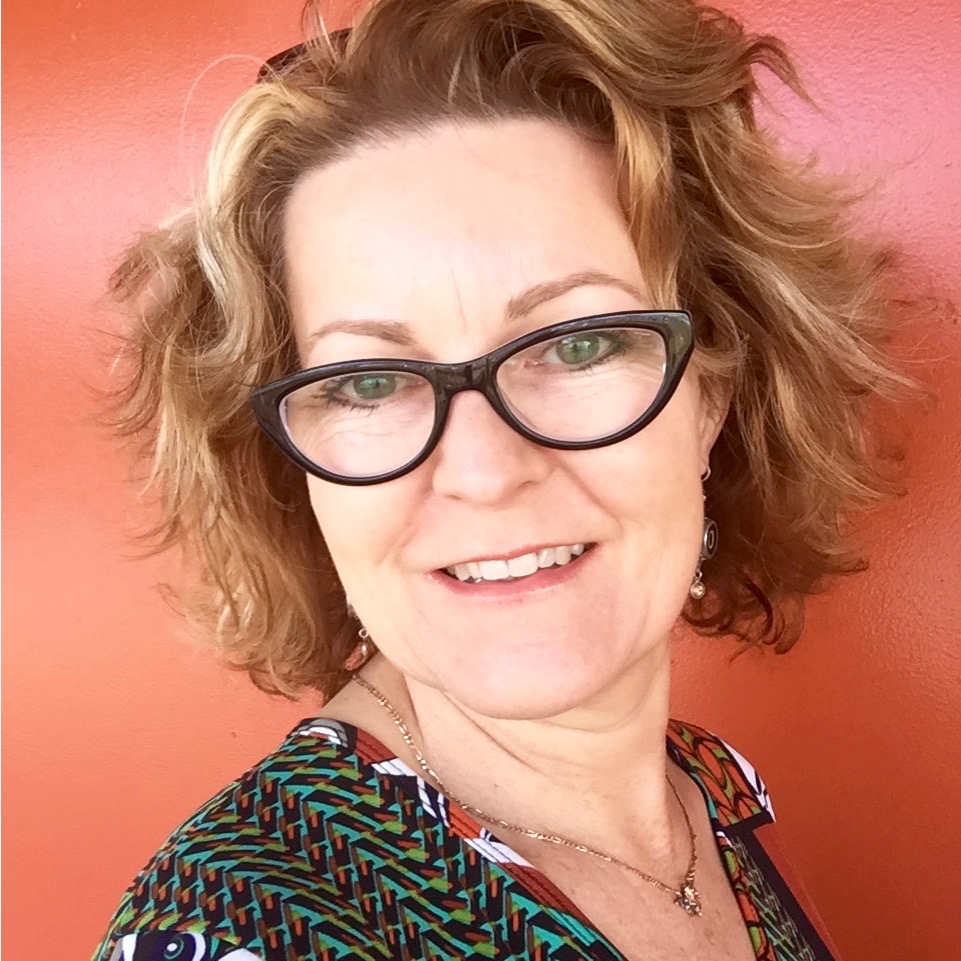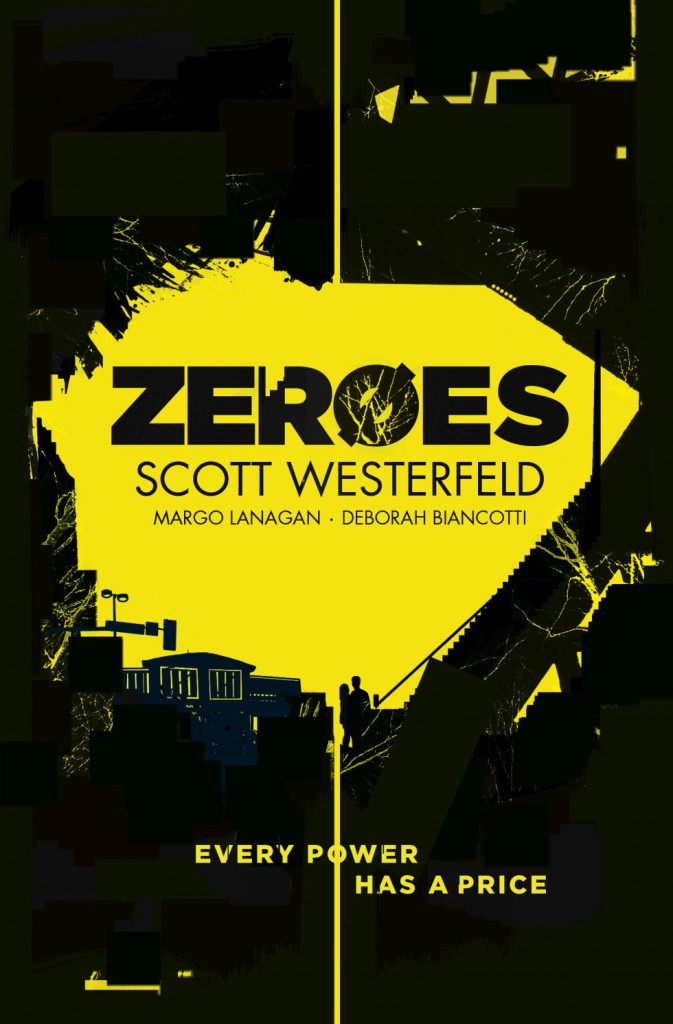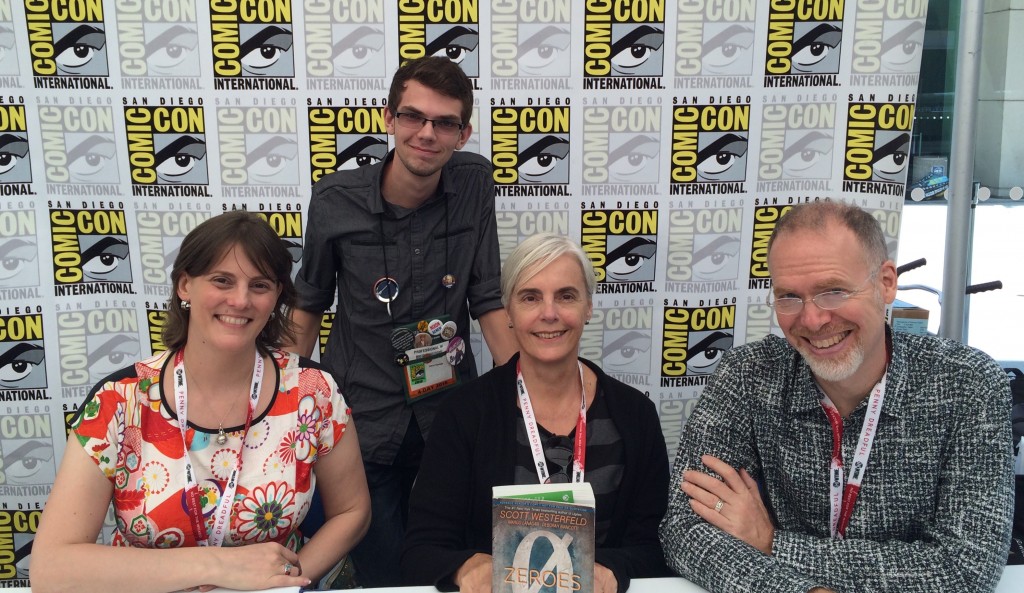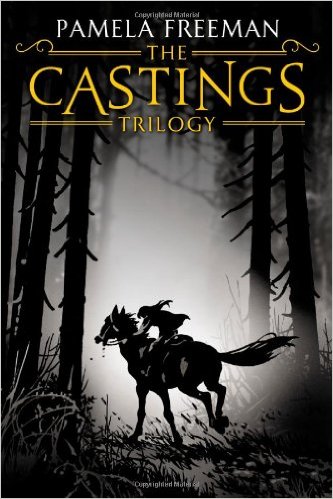 I first discovered Pamela Freeman through her wonderful fantasy trilogy for adults The Castings, but she writes for children as well and over many genres. She’s even written a children’s biography of St Mary Mackillop. Currently she’s using the name Pamela Hart to write adult historical novels set around WWI I first discovered Pamela Freeman through her wonderful fantasy trilogy for adults The Castings, but she writes for children as well and over many genres. She’s even written a children’s biography of St Mary Mackillop. Currently she’s using the name Pamela Hart to write adult historical novels set around WWI
Tell us about The War Bride.
The War Bride is an historical novel set in 1920 in Sydney. It tells the story of Margaret Dalton and the life she makes for herself after being told that her husband was in fact married when he ‘went through a form of marriage’ with her – but it’s all a mistake, and they are really married. I write these books under the name Pamela Hart (my married name, which I’ve never used before).
What initially inspired you to write the book?
When I was doing the research for my last historical, The Soldier’s Wife, I came across a story about an English war bride, Margaret, who had married her ANZAC husband in England during the war, then came out on a war bride ship in January 1919, only to find that her husband had lied to her about his address and was probably already married. As soon as I read that I knew I had the beginning of my next book.
Then I read about a war bride ship which was so disgusting (mould, cockroaches, rats) that the women refused to travel on it and General Monash transferred them all to another ship. And I thought, what if I put those two ideas together, so that the husband meets the wrong ship and thinks his wife didn’t come from England, while she is told he was already married, but he wasn’t…
They go on to make separate lives, but of course they later find out the truth…and then it gets complicated!
What else are you working on?
I’m currently writing a book set in 1917, in Italy. It’s about a woman war correspondent who is reporting on the naval blockade of the Adriatic sea, working around a lot of prejudice against women reporters. She makes a partnership with an Italian-American photographer who wants to be a war photographer…

How do you start out with your stories? In the middle, beginning or end?
I’m with the Red King: I start at the beginning, go on until the end, and then stop. Of course, in editing, that might all get changed around.
What’s your writing process?
I think a lot about the characters and story before I begin. I try to figure out what the book is really about – not the plot, but the meaning. Why it’s worth writing. And that guides me as I create the plot.
Do you throw a lot away?
Heaps! It varies from book to book. The most I’ve thrown away completely is 45,000 words. But I rewrote one book completely five times, with a different narrative position each time (3rd person young, 1st person old, etc), until I found the right one.
Basically, you have to be prepared to be ruthless. No change is off limits. After your first draft is completed, you must be willing to do whatever it takes to the manuscript to make it better.
But if I throw scenes away, I always put them in a ‘bits’ file – for one thing, it’s easier emotionally, and quite often, I find where that scene really belongs is later in the book, and I can go and retrieve it.
Do you write every day?
I wish! No, but most days. I have a number of family commitments which make it hard to write every day, and I’m not of the ‘you MUST write every day’ school. If a book’s not ready to be written, there’s no point in forcing it. On the other hand, procrastination is the enemy of every writer, so you have to know the difference between the book ‘cooking’ in your mind and you just being scared of sitting down and starting it.
Are you a planner or do you fly by the seat of the pants?
Depends on the book. I’ve done both, and both work – as long as you’re prepared to edit and edit and edit.
I see you are also Creative Writing Director at the Australian Writers Centre. What sort of things do you do?
I teach writing there, and I design the ‘vanilla’ writing classes: we have a pathway going from absolute beginners to a six-month novel writing course. All of them are also taught online, which is terrific. I’ve had students from all over the world.
The Centre also offers ‘flavours’: courses in specialist writing, like children’s, picture books, thrillers, women’s fiction, and so on. I teach history and speculative fiction writing. I’m very proud of our courses – we have some of the best presenters around!
It must keep you busy. How do you go with social media?
Well, as you know, I’m a Facebook girl. I started my page on the instructions of Orbit Books’ marketing manager in New York when my fantasy trilogy (the Castings trilogy) was published there, and I really enjoy it. I’ve also started a page for Pamela Hart.
When I became Pamela Hart for the historicals, my publicity team suggested I try Twitter (@pamelahartbooks). It can be fun, too, but it feels more like work to me.
What do you do to increase interest in your work and how much time do you spend on it?
I am lucky in that my friends on Facebook are terrific about spreading the word – so I let them know when something is published, etc.
Of course, I have a website which I keep updated with news – which can take a lot of time, as I maintain three: pamela-hart.com, pamelafreeman.com and princessbetony.com (for my children’s series).
I rely a lot on my publicity team, and I do public appearances (eg at libraries, or writers’ festivals), and for my children’s books I do school visits. I’m beginning to feel I need to do more, though!
As for time, it varies a lot – near a book’s launch date I’ll be devoting days to it; six months’ later I’m just maintaining FB and Twitter.
Any social media tips?
A good, clean website so people can find your books and, importantly, find out what else you have written. So if you have a series, it’s crucial that you make it easy for people to find the list of the books in order, so they can immediately get the next one for their e-reader.
I’m not convinced that social media sells books. What I do think it does is let your existing readers know when a new book is out, so that the early sales spike and give booksellers and your publisher confidence in your book.
What 3 artworks (books, music, visual arts, films) have most inspired you?
Argggghhhhh why do you ask me hard questions????!
Ok. It’s all books, I’m afraid. I couldn’t possibly pick three bits of music or art or films (although Casablanca might slip in there).
When I was tiny, my father used to read to me from the poetry book he had at school, the Roma Poetry Book. Apparently, even as a three-year-old I would demand to be read to ‘from the book with all the pretty words’. So that’s number one.
Then, I think, it’s Twelfth Night, which I discovered on my own when I was 10 or 11, and read before I was told it was too hard for me. I remember rolling on the floor laughing at Malvolio and his yellow stockings. I went on to become a Shakespeare tragic (still am).
And probably, as third, I would have to pick Lord of the Rings, read when I was 13 (oh, the books that you read when you’re in your early teens!). I’d been reading science fiction, mythology, folk tales etc all my life, but LOTR put me on the full-on fantasy path.
And right now, I’m writing fantasy (for kids), history (for adults), and the occasional poem… so I guess those three books are still influencing me!
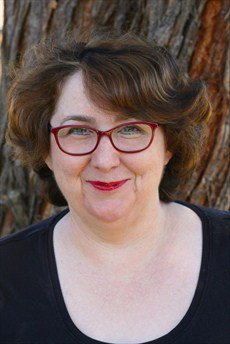
|
